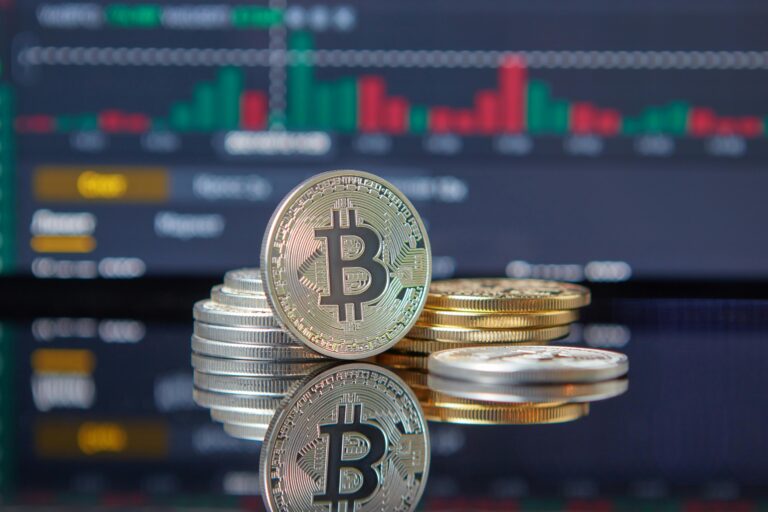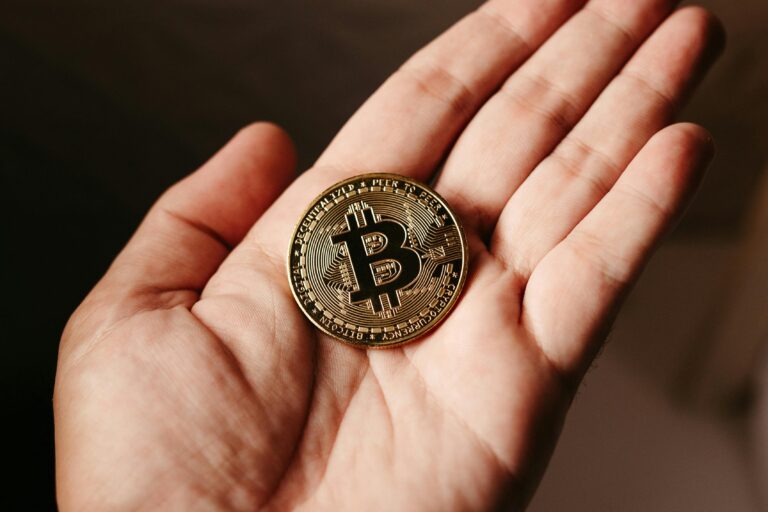If you’ve ever made a crypto transaction on Ethereum or similar blockchains, you’ve likely noticed a small fee called a gas fee. While often overlooked, gas fees play a significant role in how U.S. crypto users manage their assets, especially when fees skyrocket during network congestion.
In this guide, we’ll break down what gas fees are, why they exist, and how they affect crypto investors, traders, and everyday users in the United States.
What Are Gas Fees in Crypto?
Gas fees are transaction costs paid to blockchain validators or miners for performing operations like sending crypto, trading tokens, or interacting with smart contracts. On Ethereum, these fees are paid in ETH.
Why They Exist:
-
Incentivize miners or validators
-
Prevent network spam
-
Prioritize transactions during high demand
Think of gas fees like tolls on a highway—you pay to get your transaction processed faster or to get on the network during peak traffic.
How Gas Fees Impact U.S. Users
Gas fees can significantly influence how Americans interact with crypto, particularly during market volatility or when using DeFi platforms.
1. High Costs for Small Investors
Retail investors in the U.S. with small portfolios may avoid using decentralized apps (dApps) because a $5 or $10 fee can eat up their returns.
2. DeFi Participation Barrier
Platforms like Uniswap, Aave, and Compound often require multiple transactions per use. If gas fees are high, using these services becomes too expensive for average users.
3. NFT Minting Costs
NFT projects, especially on Ethereum, often have gas fees as high as $50 to $100 during minting events, making it difficult for budget-conscious U.S. users to participate.
What Influences Gas Fees?
Several factors determine gas prices on a blockchain:
-
Network Congestion: More users = higher fees
-
Smart Contract Complexity: Complex operations need more gas
-
Priority Level: You can set higher fees to get faster confirmation
Ethereum has introduced upgrades like EIP-1559 to stabilize gas prices, but spikes still happen during popular events.
Alternatives for U.S. Users to Reduce Gas Fees
U.S. crypto users have several strategies to avoid high gas fees:
Use Layer 2 Solutions
Platforms like Arbitrum, Optimism, and Polygon offer faster, cheaper transactions compared to Ethereum mainnet.
Switch to Low-Fee Blockchains
Try using chains like:
-
Solana (SOL)
-
Avalanche (AVAX)
-
Binance Smart Chain (BSC)
These offer much lower fees for everyday transactions.
Time Your Transactions
Check sites like ETH Gas Station or Etherscan Gas Tracker to see when network usage is low, usually early morning U.S. time.
Are Gas Fees Tax-Deductible in the U.S.?
According to the IRS, gas fees may be added to your cost basis or deducted as an expense depending on the transaction type.
-
For investments: Gas fees when buying can be included in the asset’s cost basis.
-
For sales: They may reduce your capital gains.
Always consult a crypto-savvy tax advisor to report correctly.
Conclusion
Gas fees are an essential part of using cryptocurrencies, especially Ethereum. For U.S. users, understanding how they work and how to minimize them can save money and improve your crypto experience. Whether you’re investing, trading, or using dApps, being strategic about gas can give you an edge in this fast-moving market.



